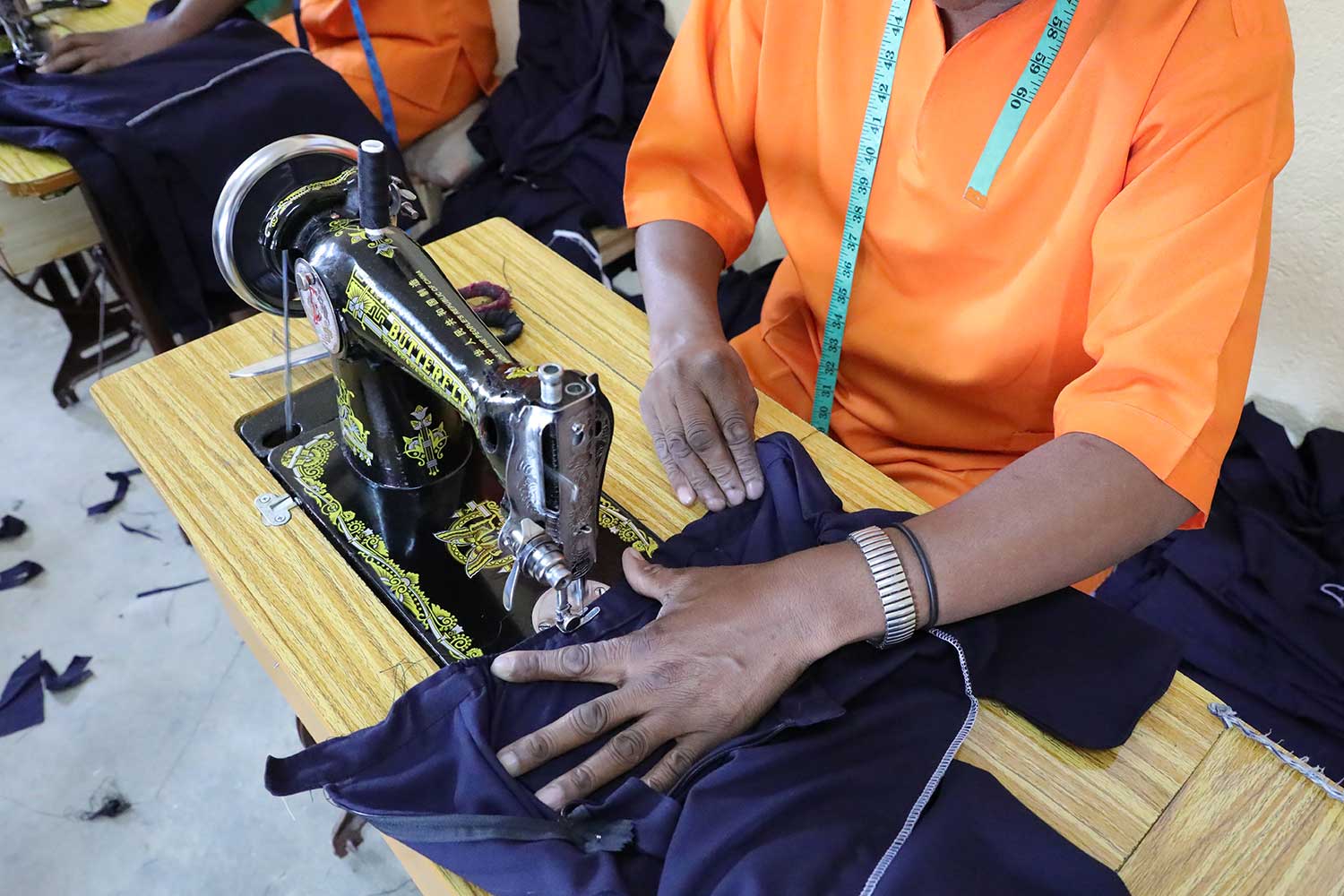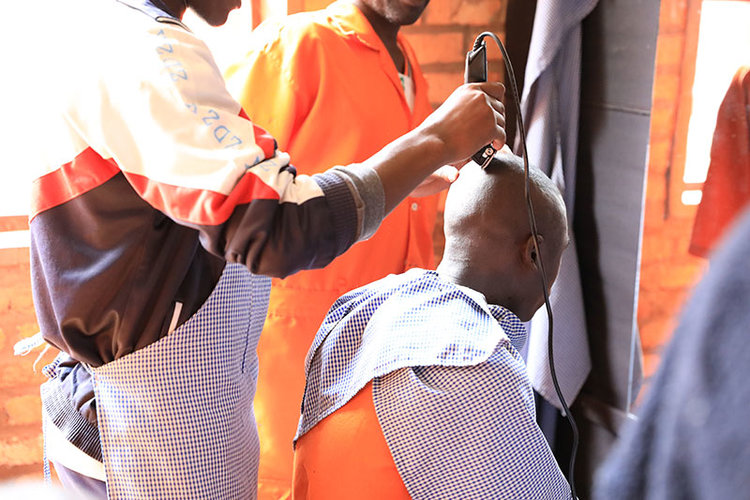REBUILDING THE BOND WITH THE FAMILY AND WITH THE OUTSIDE:
support for family visits, exchange of messages and telephone contacts, facilitation of meetings with external actors.
ESTABLISH INDIVIDUAL PROJECTS:
creation of reintegration units within establishments, development of links between actors (intra-extra muros).
ACCOMPANY THE OUTING:
support for returning to the family, starting a professional activity, pursuing studies.
The penalty: exclusively punitive or utilitarian?
The functions generally attributed to the sanction are to educate, restore, make visible, punish and secure. Between exclusion and integration, the challenge of punishment is identified.
This is not a question that only arises for the regulatory authorities. It is linked to the conception given to justice. Do we want to conceive of the prison as a place of exclusion of delinquents for the safety of society, or as a place of preparation for reintegration into daily life? Do we want an exclusively punitive sanction or one having a utilitarian purpose? Such a debate and such questions concern all of society.
The development of a personal project
Reintegration is prepared as soon as you enter a penal institution and is built with everyone involved. The supervisory authorities have a preponderant responsibility. Families and more generally society or the community are also key players in the success of reintegration. They must be involved from the first stages of reintegration.
Finally, reinsertion cannot be done against the will of the detained person. She must therefore perceive and understand the advantage for her of approaching her sentence and detention in a constructive perspective. Which is far from easy.
The development of individualized life projects underpins the reintegration process. It is necessary to trace, with the minor or with the woman, a path that leads them to the future. This individual care is largely absent in most prison environments. And even more so in developing countries where it is perceived as requiring both financial and human resources which are lacking.
Construction or reconstruction of family ties
Family visiting is an extremely important element in the life of an inmate. It is even more so for an adolescent or for a mother who lives separated from her children. Unfortunately, too often, parents and husbands abandon their children or their wives when they have trouble with the law.
This increases their vulnerability and their difficulties in planning for the future. Everyday life in prison is also a source of stress and despair. They feel forgotten and abandoned by their loved ones; so many pains which are obstacles to a reintegration project.
Restoring or establishing contacts with the outside world, with relatives, with the family is very often the lifeline and survival for the person in detention. Maintaining such links is all the more important for minors and women in detention. This must be understood and facilitated by the authorities, but also by families and society as a whole.
Release follow-up and support
The moment of release is crucial. What happens to a young person or a woman left at the door of a prison without any financial means? Where does the orphaned minor who lived on the street before his detention go? Where does the woman abandoned by her husband, her family and without news of her children go?
Building bridges between the prison and the outside world promotes reintegration. Authorities, members of civil society, the business and labor world, the religious world, non-governmental organizations, etc.
must mobilize to facilitate this passage. This collaboration often does not go by itself and requires awareness and preparation to assume and provide, together, such support. Abandoning, among other things, reflexes of stigma and fear, takes time and implies a real will on the part of society as a whole.

Our action
Over the years DiDé has witnessed the essential role of family ties, receives requests from adolescents to be in contact with the outside world and hears their fears when they leave.
To meet such needs, we are developing, together with prison authorities, an approach that aims to integrate and raise awareness among all stakeholders to facilitate reintegration.
- Restore or consolidate the feeling of belonging to a family, to the community.
- Ensure better care and follow-up after discharge.
- Support a fresh start.
